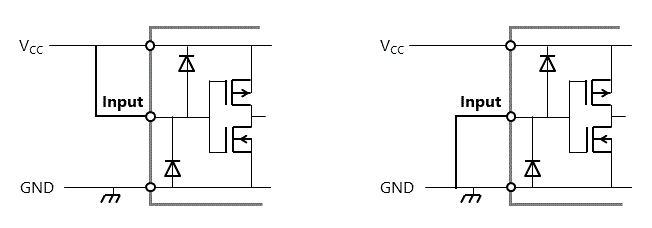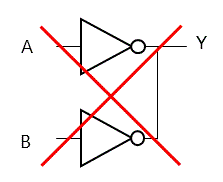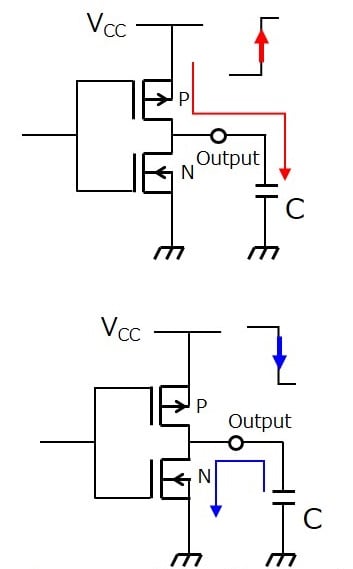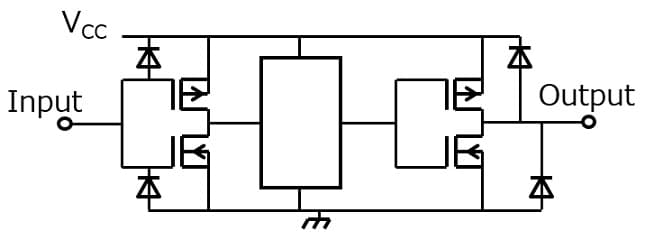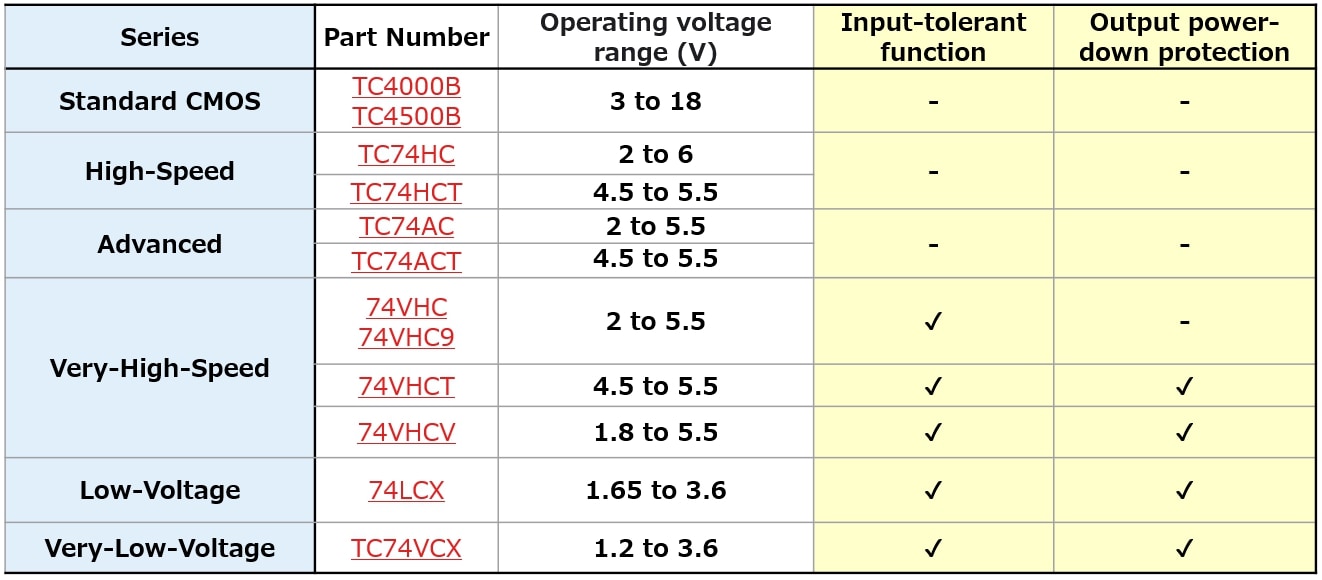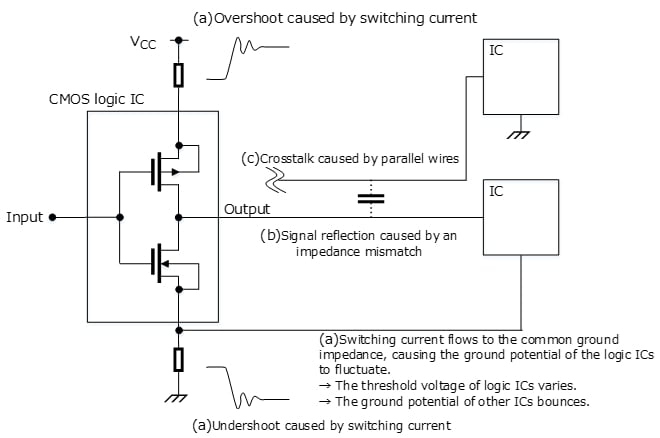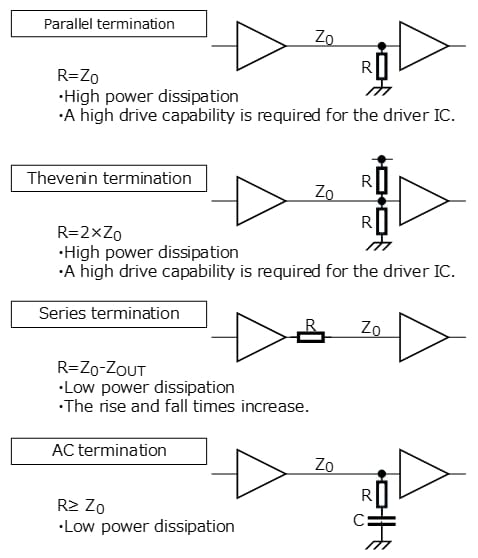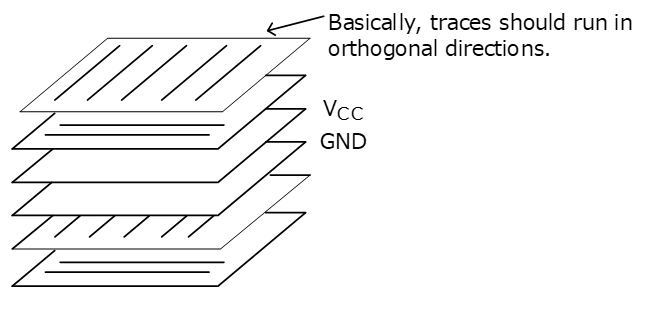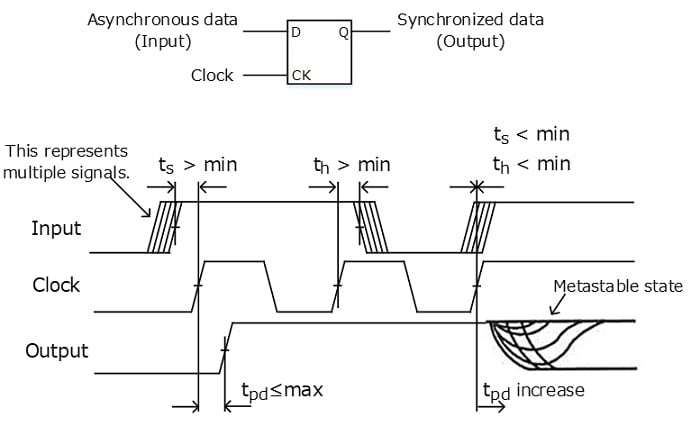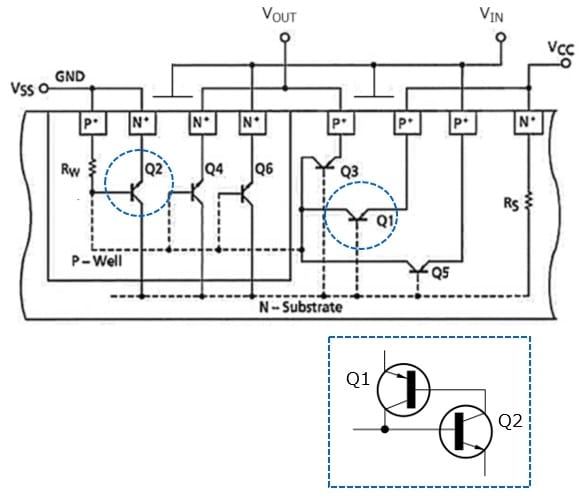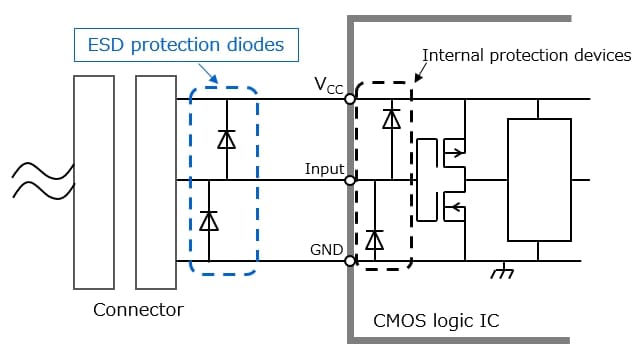- 半導體首頁
-
應用Automotive
Body Electronics
xEV
In-Vehicle Infotainment
Advanced Driver-Assistance Systems (ADAS)
Chassis
IndustrialInfrastructure
BEMS/HEMS
Factory Automation
Commercial Equipment
Consumer/PersonalIoT Equipment
Healthcare
Wearable Device
Mobile
Computer Peripherals
-
產品車用元件
Discrete Semiconductor
Diodes
電晶體
通用邏輯IC
Analog Devices
Digital Devices
Wireless Devices
※
: Products list (parametric search)
功率半導體※
: Products list (parametric search)
隔離器/固態繼電器Photocouplers
Digital Isolators
※
: Products list (parametric search)
MOSFETsIGBTs/IEGTs雙極性電晶體※
: Products list (parametric search)
Diodes※
: Products list (parametric search)
微控制器馬達驅動 ICs智能功率 ICs※
: Products list (parametric search)
電源管理 ICs線性 ICs※
: Products list (parametric search)
通用邏輯 ICs線性影像感測器其他產品其他產品
※
: Products list (parametric search)
-
開發/設計支援
開發 / 設計支援
-
技術知識
- 購買管道
- 型號 & 關鍵字搜尋
- 交叉搜尋
- 參數搜尋
- 線上庫存查詢跟購買
This webpage doesn't work with Internet Explorer. Please use the latest version of Google Chrome, Microsoft Edge, Mozilla Firefox or Safari.
型號需要超過三個文字以上 Search for multiple part numbers fromhere.
The information presented in this cross reference is based on TOSHIBA's selection criteria and should be treated as a suggestion only. Please carefully review the latest versions of all relevant information on the TOSHIBA products, including without limitation data sheets and validate all operating parameters of the TOSHIBA products to ensure that the suggested TOSHIBA products are truly compatible with your design and application.Please note that this cross reference is based on TOSHIBA's estimate of compatibility with other manufacturers' products, based on other manufacturers' published data, at the time the data was collected.TOSHIBA is not responsible for any incorrect or incomplete information. Information is subject to change at any time without notice.
型號需要超過三個文字以上
Connecting a Load Capacitance to a CMOS Output Pin

When an output pin of a CMOS IC is connected directly to a large load capacitance, its propagation delay increases. In addition, the increased charge/discharge current into or out of the capacitor might cause noise or a bonding wire burnout. Since current flows to the output parasitic diode at power-down, a CMOS IC should not be connected directly to a large load capacitance.
If it is necessary to connect a capacitor directly to the output of a CMOS IC in order to increase its delay time or filter out noise, its capacitance should be 500 pF or less. When a larger capacitor is required, a current-limiting resistor (R) should be connected between the IC output and a capacitor as shown below. CMOS ICs with an output-tolerant function do not need a current-limiting resistor (R) for power-down. However, a current-limiting resistor (R) might be necessary to limit the charge current into the capacitor.
When a capacitor is discharged as a result of power-down, current flows to an internal protection diode returned to VCC via the input pin.
In the case of an input pin, current flows to an internal protection diode returned to VCC when a capacitor is discharged as a result of power-down.
Therefore, a large load capacitance should not also be connected directly to an input pin. A capacitor of up to 500 pF may be connected directly to the input of a CMOS IC, but when a larger capacitor is required, a current-limiting resistor (Rs) should be connected between the IC input and a capacitor as shown below.
CMOS邏輯IC的使用注意事項
Products
Related information
- Application Notes
- FAQ


